Stamp Duty Increase In the UK
A significant shift in stamp duty thresholds came into effect on April 1, 2025, and it's already sending ripples through the UK housing market — particularly among first-time buyers.
What is stamp duty and who needs to pay it?
Stamp Duty Land Tax (SDLT) is a tax due if you buy a property or land over a certain price in England and Northern Ireland.
You have to pay the tax when you:
buy a freehold property
buy a new or existing leasehold
buy a property through a shared ownership scheme
take on a mortgage or buy a share in a house
The amount of stamp duty you owe depends on the cost of the property, whether it will be used for residential purposes, and whether you own any other property.
Previously, first-time buyers in England and Northern Ireland were exempt from paying stamp duty on properties up to £425,000 — a temporary measure introduced during the post-pandemic recovery period to stimulate the housing market. However, with that threshold now reduced to £300,000, many buyers rushed to complete purchases before the deadline.
This has created a classic “boom-then-pause” pattern: a flurry of completions in late March, followed by a noticeable slowdown in early April. According to the Halifax House Price Index, the average UK house price fell by 0.5% in March, bringing the average down to £296,699. This decline, while modest, marks the first monthly drop of 2025 and is widely attributed to the anticipatory buying spike that pulled demand forward from April.
Property professionals have noted that the rush to beat the tax change created temporary bottlenecks across the system — including mortgage processing delays, surveyor shortages, and long solicitor turnaround times. Now that the change has taken effect, activity levels have dipped as many first-time buyers reassess their affordability and purchasing timelines.
Estate agents are reporting a mixed picture. While some predict a brief cooling-off period followed by a new wave of adjusted expectations, others worry it could discourage younger buyers altogether — especially in areas where the new threshold feels out of touch with real market prices.
Mortgage advisors are noting an uptick in demand for shared ownership and Help to Buy alternatives, as buyers seek creative solutions to remain within the tax-free band.
According to one London-based agent:
“This change has real consequences for affordability. The threshold drop may seem modest, but for buyers already stretching their budgets, that extra tax charge could be the difference between moving forward or pausing the search.
The government argues that this move is aimed at returning to a more sustainable and fiscally responsible housing tax structure, after several years of emergency pandemic-related support. Treasury officials say the temporary stamp duty relief had achieved its purpose, and that a £300,000 threshold still provides generous support for most first-time buyers — especially in northern regions.
However, critics argue that the policy disproportionately impacts buyers in the South and Southeast, where £300,000 is far from the average entry-level price. Housing advocacy groups have also raised concerns that the rollback could worsen regional inequality in homeownership.
While a short-term dip in activity is expected, the broader outlook remains cautiously optimistic. Lower mortgage rates (with several lenders cutting fixed-rate deals) and an expected Bank of England base rate cut later this year could help offset the negative effects of the tax change.
Industry analysts believe the market may stabilise by late Q2, with buyer demand returning once consumers adjust to the new rules and lenders offer more tailored products to bridge the affordability gap.
Understanding the New Rates
From 1 April the zero percent threshold will drop back to its previous level, and the first time buyers' threshold will revert to £300,000:
£0-£125,000 (£300,000 for most first-time buyers) = 0%
£125,001-£250,000 = 2%
£250,001-£925,000 = 5%
£925,001-£1.5m = 10%
£1.5m+ = 12%
This change significantly impacts buyers looking in higher-cost urban areas like London, Reading, or Bristol, where even starter homes often exceed the £300,000 mark. For example, a first-time buyer purchasing a £375,000 flat in London now faces a £3,750 tax bill, where they previously paid none.
Further information can be found on the government website
https://www.gov.uk/stamp-duty-land-tax/residential-property-rates
